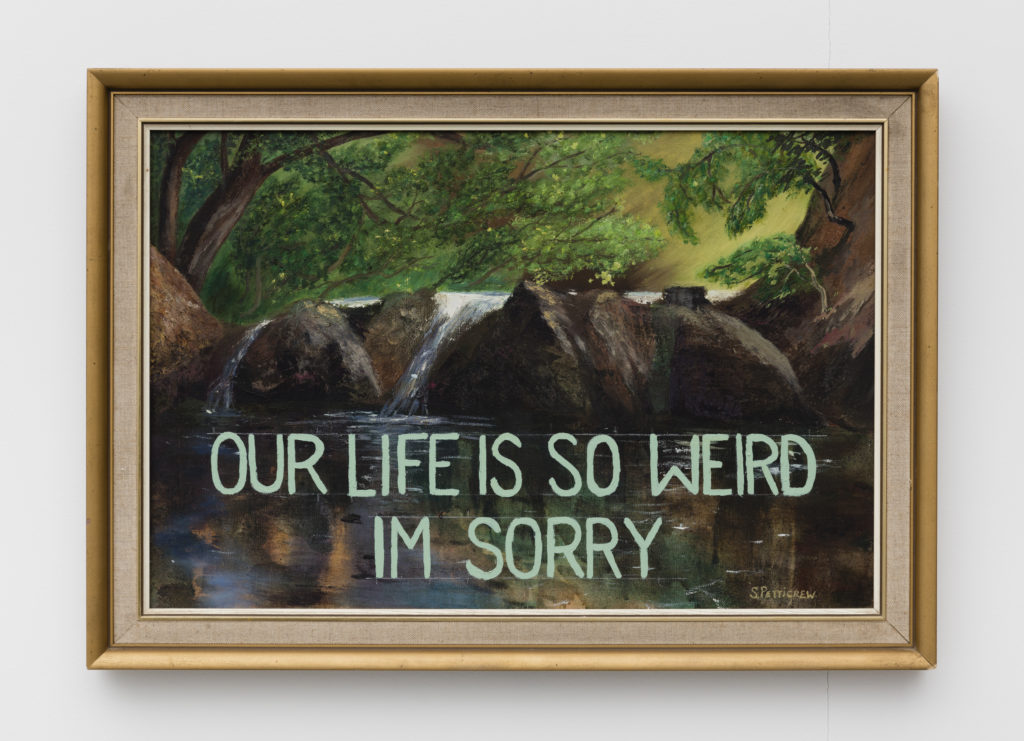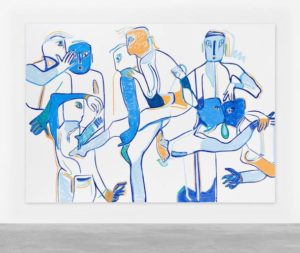“How do artists work with words, and writers with images?” asks the event Where Art Meets Literature, co-hosted by London’s DRAF and Frieze Academy taking place on February 25.

This question is not exactly a new one, written about in depth in publications like New Inquiry and Frieze, there are also the existing practices of countless artist and writers who have been questioning this boundary for years, exhibitions devoted to the topic, such as Rhizome‘s 2015 online project Poetry as Practice.
The all-day Where Art Meets Literature symposium, hosted by Ben Eastham, will look at this long history, and the ways in which each discipline (increasingly) support each other. The event will attempt to unpick the relationship between the two fields, and will feature contributions by a number of artists, writers and theorists researching this intersection, including Sophie Collins, Sophie Jung, Holly Pester and Nisha Ramayya, as well as Tom McCarthy, Brian Dillon and Deborah Levy, among others.
Tracing the history of poetry, especially from page to screen, and its movement between contexts, the practice confidently defines itself now as anything. From memes and Twitter accounts, to image macros, vlogs and status updates, the potential for a possible platform or stage ‘to speak in words’ is endless, and obviously positions ‘post-internet’ discourse and the alt-lit community in the thick of this conversation. In this vein, we can also declare the presence of literature in art as going beyond just a ‘reading’ or artists’ poetry book, but also in statements, press releases, installations; words placed on paintings or the walls of a gallery; performances, lectures, essay-films, and voiceovers.

Using words as a material or as an appropriative strategy for the concept of a work is probably what creates a distinction between the two. In ‘Art Hearts Poetry,’ Quinn Latimer comments on the colonial nature of the art world and its hungry, capitalist agenda where it “devours and assimilates everything.” The idea that literature is being picked up and plucked out is evident in the strange phenomenon where artists can arguably enter more easily into the space of the ‘writing and spoken word world,’ but writers-by-label find it more difficult to enter the ‘art world.’ It’s a reality that makes one realize there isn’t such a fluid dialogue as one might think.

That said, it would be too reductive to assume there is some special relationship forming solely between art an literature. In the same way music and DJ-ing as a practice has entered the art world, or an Instagram account becomes a serious subject for an institutional exhibition, this topic belongs to a larger conversation. The changing nature of contemporary art and the ways in which the unspoken rules and formulas that used to quietly underpin the language of the industry are now breaking down. Are we falling out of love? Or is it just longing? Maybe it just isn’t enough anymore. At a time when ‘making’ for an artist feels like a dead end, perhaps we are searching for revival.**
The Where Art Meets Literature symposium is taking place at London’s DRAF on February 25.















